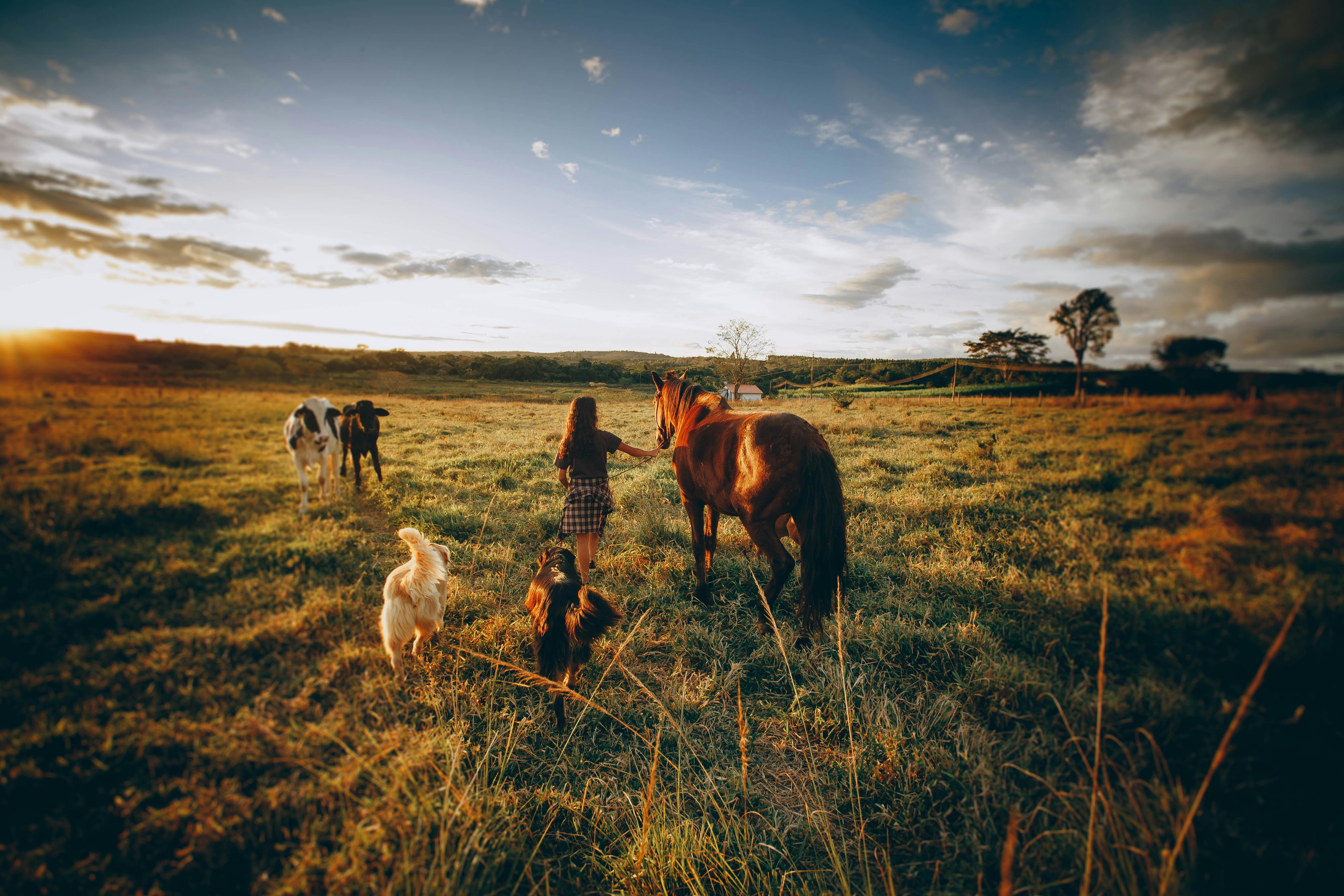
Is it safe to keep wild cats?
There are so many wild cats in this world that they need a home. Many people are afraid of them because, by nature, they are very suspicious and can become aggressive if threatened or cornered. And who can blame them? Most of them have never had a home (which is the definition of a feral cat, one that has not had human contact) and they have not been treated very well by the humans they have come into contact with. I have had many cats over the years. I currently have 26 cats, most of them wild. Now I’m at the point where I can pet most of them and they crave my attention and touch. I will not say that this has been easy. It takes a lot of patience for a feral cat to trust and accept you. But it is one of the most rewarding things when they do it. So yes, wild cats are safe to keep. It just takes some time and caution at first.
The first question about cat safety is: does it have any diseases that you fear contracting? The good news is that many diseases that cats get are not harmful to you. However, some, like rabies, are, so you need to be careful. The obvious best solution to this question is if you can catch the feral cat and take it to the vet for a full checkup. Sometimes this can be simple if you can get the cat into a Havahart-type trap. It’s long and narrow and you put food at the end. There is a metal plate that the cat steps on near the food and this closes the door. He is very humane and from there your vet will have his own way of removing the cat and sedating him for examination.
However, there are many cats who will not fall for this. They are not stupid and they somehow know that this is a trap. If this is the case, you will have to be prepared to conquer the cat until you can get it to enter a carrier or some other “trap”. This is where patience comes in, patience, patience. You feed the cat every day at a certain time (or twice a day) and you leave. Don’t try to touch or interact with them for a few weeks. Then you can try to keep your distance while they eat and watch them out of the corner of your eye. Then try to get a little closer and crouch close to them (but not too close). This process must move slowly and can take months. Over time, you hope to get to the point where they let you be just a foot or two from them. The main thing is to act naturally with them, not like you’re waiting to jump in and grab them! As you can see, it can be a long process, but if you love animals like I do, it is well worth the effort.
Returning to the issue of security. Throughout this process you must be careful. You don’t want to be bitten before you’ve had a chance to have a good physical exam and tests done by a vet. If the cat is performing in a normal mansion (don’t count the hisses and growls) and has no obvious signs of injury, it’s a great start. Just watch out for anything unusual, like excessive drooling or lethargic behavior. Once you get to the point where they allow you to pet them, be careful until you can get them to the vet. In general, I have had very few of my wild animals that were sick and had to sleep. So don’t feel like a feral cat is automatically sick or ill, but use common sense and be careful. When the day comes when they rub against your leg and want to snuggle into your lap, you will feel a tremendous sense of accomplishment. He took a helpless, homeless cat that never had a human to care for him and turned him into a friendly and loving feline.